Home>Ideas and Tips>Tips For Creating A Low-Maintenance Garden
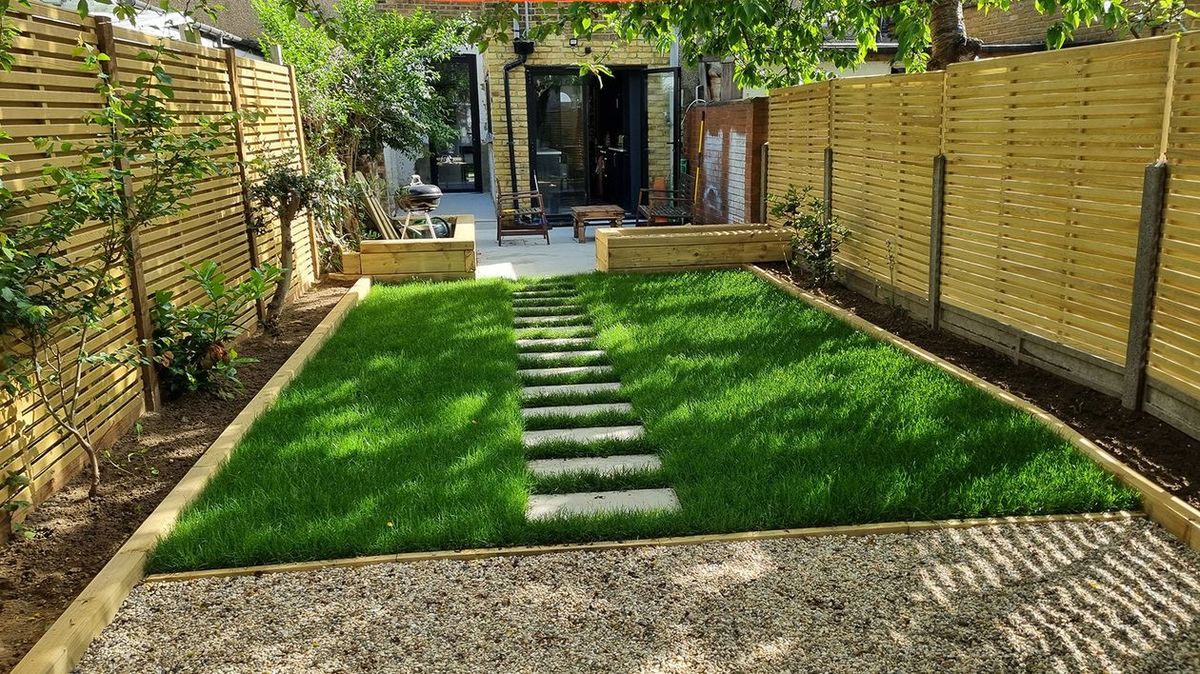

Ideas and Tips
Tips For Creating A Low-Maintenance Garden
Published: November 4, 2024
Discover easy tips for creating a low-maintenance garden that thrives with minimal effort. Perfect for busy gardeners!
(Many of the links in this article redirect to a specific reviewed product. Your purchase of these products through affiliate links helps to generate commission for Storables.com, at no extra cost. Learn more)
Creating a low-maintenance garden is a great way to enjoy the beauty of nature without the hassle of constant upkeep. Whether you're a seasoned gardener or just starting out, these tips will help you design and maintain a garden that is both beautiful and easy to care for.
One of the most critical steps in creating a low-maintenance garden is selecting the right plants. Low-maintenance plants are those that require minimal care and attention. They typically have a natural resistance to pests and diseases and are adapted to local conditions, making them easier to grow and care for.
Examples of Low-Maintenance Plants
Some low-maintenance plants that are perfect for easy garden design ideas and simple garden design tips include:
- Succulents: These plants store water in their leaves, making them ideal for dry environments and minimal watering.
- Herbs: Many herbs are hardy, resilient, and require little maintenance, making them great for culinary and medicinal uses.
- Native Plants: Plants that are native to your region are often well-adapted to local conditions and require less watering and other maintenance.
- Ornamental Grasses: These plants can add texture and visual interest to your garden, and many varieties are drought-tolerant and low-maintenance.
How to Select Plants that Require Less Maintenance
When selecting plants for your low-maintenance garden design, it's important to consider their water, sunlight, and soil requirements. Opt for plants that are suited to your local climate and soil type, and choose those that are resistant to pests and diseases. Grouping plants with similar watering and light needs together is an important part of low-maintenance landscaping. This allows you to water plants efficiently and effectively without wasting water on plants that don't need it. It also ensures that all plants receive the right amount of sunlight, helping them to grow and thrive.
Mulch is a versatile tool in garden design that can help reduce the amount of time and effort required to maintain your garden. Mulch acts as a barrier between the soil and the air, preventing weeds from growing and retaining moisture in the soil. This reduces the need for frequent watering and weeding.
Benefits of Mulch
Using mulch offers several benefits:
- Weed Control: Mulch prevents weeds from growing by blocking light and preventing seed germination.
- Moisture Retention: Mulch helps retain moisture in the soil, reducing the need for frequent watering.
- Soil Temperature Regulation: Mulch can help regulate soil temperature, keeping it cooler in the summer and warmer in the winter.
- Aesthetic Appeal: Mulch can add a decorative touch to your garden, making it look more organized and well-maintained.
Hardscaping elements such as stones, bricks, and gravel can help define the borders of your garden beds and create pathways that are easy to maintain. These materials are durable and require minimal upkeep compared to softscaping elements like plants.
Benefits of Hardscaping
Incorporating hardscaping elements into your garden design offers several benefits:
- Durability: Hardscaping materials are generally more durable than softscaping elements and can withstand heavy foot traffic.
- Low Maintenance: Hardscaping requires minimal maintenance as it doesn't need watering or pruning.
- Aesthetic Appeal: Hardscaping can add a sleek and modern look to your garden, complementing the natural beauty of plants.
A low-maintenance garden doesn't have to be limited to just the ground. One great way to reduce the amount of time and effort required to maintain your garden is to incorporate container gardening into your design.
Benefits of Container Gardening
Container gardening offers several benefits:
- Flexibility: Container gardening allows you to easily move plants around, which is particularly useful if you need to adjust the layout of your garden.
- Soil Control: Container gardening gives you control over the soil quality and drainage, which can be challenging with in-ground planting.
- Weed Minimization: Container gardening minimizes weed growth since weeds have limited space to spread out.
- Visual Interest: Container gardening can add visual interest with unique and colorful containers.
Read more: Creating A Low-Maintenance Garden With Ease
Tips for Container Gardening
To start container gardening, choose containers that are large enough to accommodate the root system of the plants you want to grow. Avoid containers that are too small or shallow as they can restrict root growth and dry out quickly. Select plants that are suitable for container gardening, such as herbs, small fruit trees, succulents, and colorful annuals. Regular watering and fertilizing are essential for keeping plants healthy in containers. Use high-quality potting soil and consider adding a slow-release fertilizer to help plants thrive.
A simple garden layout with fewer beds and more open spaces will be easier to maintain. Consider using a grid pattern with rectangular or square beds to make mowing and edging easier. This layout also allows for better air circulation, which can help prevent diseases.
Benefits of Simple Layouts
Simple layouts offer several benefits:
- Easy Maintenance: Fewer beds mean less maintenance as there are fewer areas to water, prune, and weed.
- Better Air Circulation: Open spaces promote better air circulation, reducing the risk of fungal diseases.
- Visual Appeal: Simple layouts can create a clean and organized look that is visually appealing.
Using low-maintenance edging materials such as stones or bricks can help define the borders of your garden beds. This will help keep the lawn from encroaching on the beds, making maintenance easier.
Benefits of Edging
Edging offers several benefits:
- Boundary Definition: Edging helps define the boundaries of your garden beds clearly.
- Weed Prevention: Edging prevents weeds from spreading into your garden beds.
- Aesthetic Appeal: Edging can add a decorative touch to your garden, enhancing its overall appearance.
By grouping plants with similar water and light requirements together, you can reduce the amount of time you spend watering and pruning. This strategy ensures that all plants receive the right amount of sunlight and water without wasting resources.
Importance of Grouping Plants
Grouping plants by their water and light needs is crucial for efficient gardening:
- Water Efficiency: Grouping plants with similar watering needs together helps avoid overwatering or underwatering any particular plant.
- Light Optimization: Ensuring that plants receive the right amount of sunlight helps them grow and thrive optimally.
A clear and well-defined path will make it easier to move around your garden without damaging plants. Use mulch or gravel to create a low-maintenance path that requires little upkeep.
Benefits of Clear Pathways
Clear pathways offer several benefits:
- Accessibility: Clear pathways ensure easy access to all areas of your garden without trampling on plants.
- Maintenance Ease: Clear pathways make it easier to water, prune, and weed around plants without causing damage.
There are many free or low-cost garden design software options available that can help you plan the layout of your garden. These tools can help you visualize the placement of plants and other elements before you start planting, saving you time and money in the long run.
Benefits of Garden Design Software
Using garden design software offers several benefits:
- Visualization: These tools allow you to visualize how different elements will look together before actual planting.
- Efficiency: They help optimize space usage, ensuring that every inch is utilized effectively.
- Cost Savings: By planning ahead, you can avoid costly mistakes during actual planting.
Mulch and groundcovers are excellent additions to any low-maintenance garden. Mulch helps retain moisture in the soil while groundcovers suppress weeds and add color to your garden.
Benefits of Mulch and Groundcovers
Incorporating mulch and groundcovers into your garden design offers several benefits:
- Weed Suppression: Groundcovers prevent weeds from growing by covering large areas of soil.
- Moisture Retention: Mulch retains moisture in the soil, reducing the need for frequent watering.
- Aesthetic Appeal: Both mulch and groundcovers add visual interest to your garden while keeping it organized.
A drip irrigation system is an efficient way to water your plants without wasting water. This system delivers water directly to the roots of plants, reducing evaporation and runoff.
Benefits of Drip Irrigation
Drip irrigation offers several benefits:
- Water Efficiency: It delivers water directly to the roots, minimizing evaporation and runoff.
- Reduced Labor: It automates watering tasks, saving you time and effort.
- Healthier Plants: By providing consistent moisture levels, drip irrigation promotes healthier plant growth.
Creating a low-maintenance garden is not just about choosing the right plants; it's about designing an entire ecosystem that requires minimal upkeep. By incorporating these tips—choosing the right plants, using mulch, incorporating hardscaping elements, planting in containers, keeping it simple, using borders, grouping plants by water and light needs, keeping pathways clear, using garden design software, incorporating mulch and groundcovers, and installing a drip irrigation system—you can create a beautiful outdoor space that is both functional and easy to care for.
Remember that every garden is unique, so it's essential to tailor these tips according to your specific climate, soil type, and personal preferences. With these strategies in place, you'll be well on your way to enjoying a lush and thriving garden without the hassle of constant maintenance.
Was this page helpful?
At Storables.com, we guarantee accurate and reliable information. Our content, validated by Expert Board Contributors, is crafted following stringent Editorial Policies. We're committed to providing you with well-researched, expert-backed insights for all your informational needs.
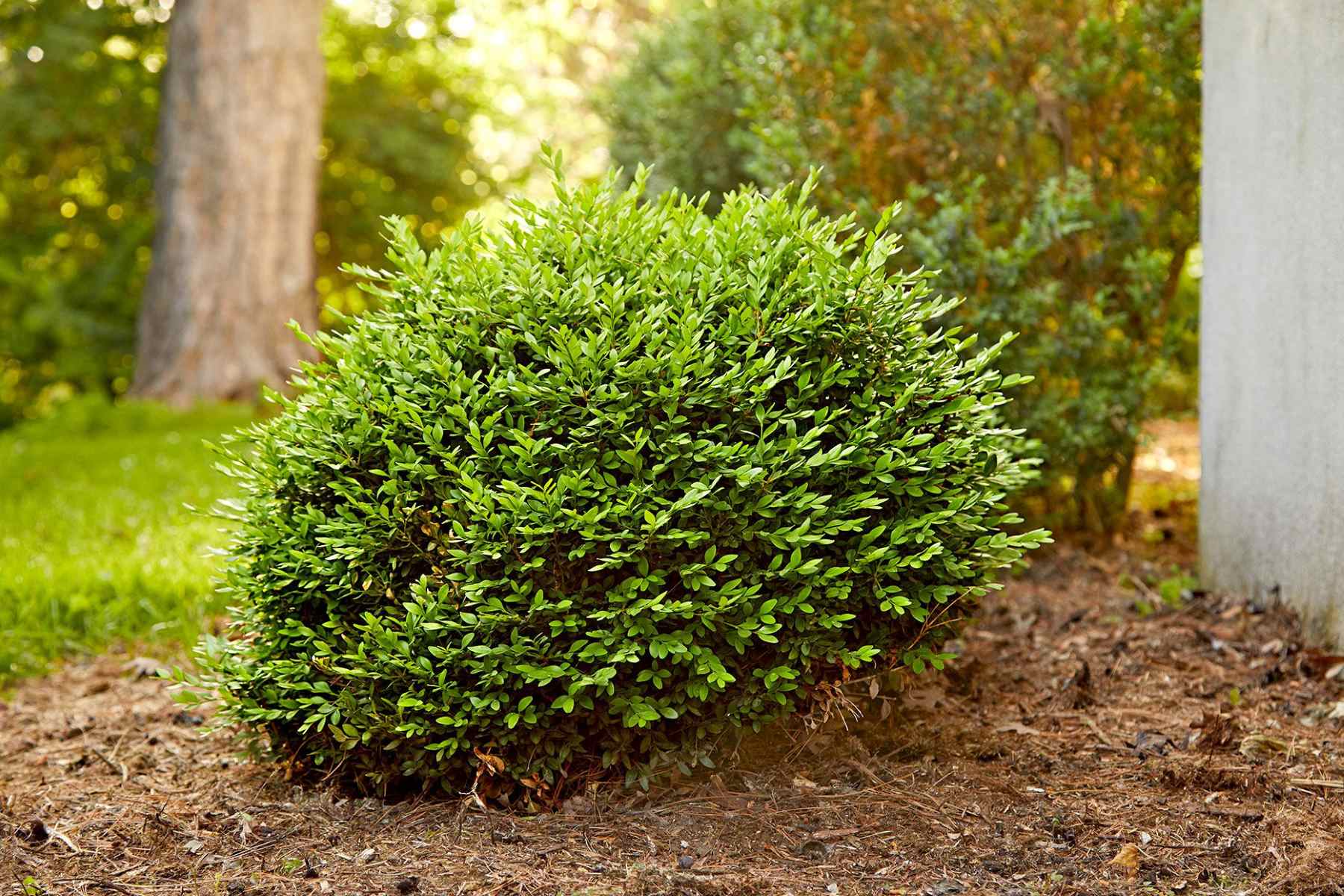
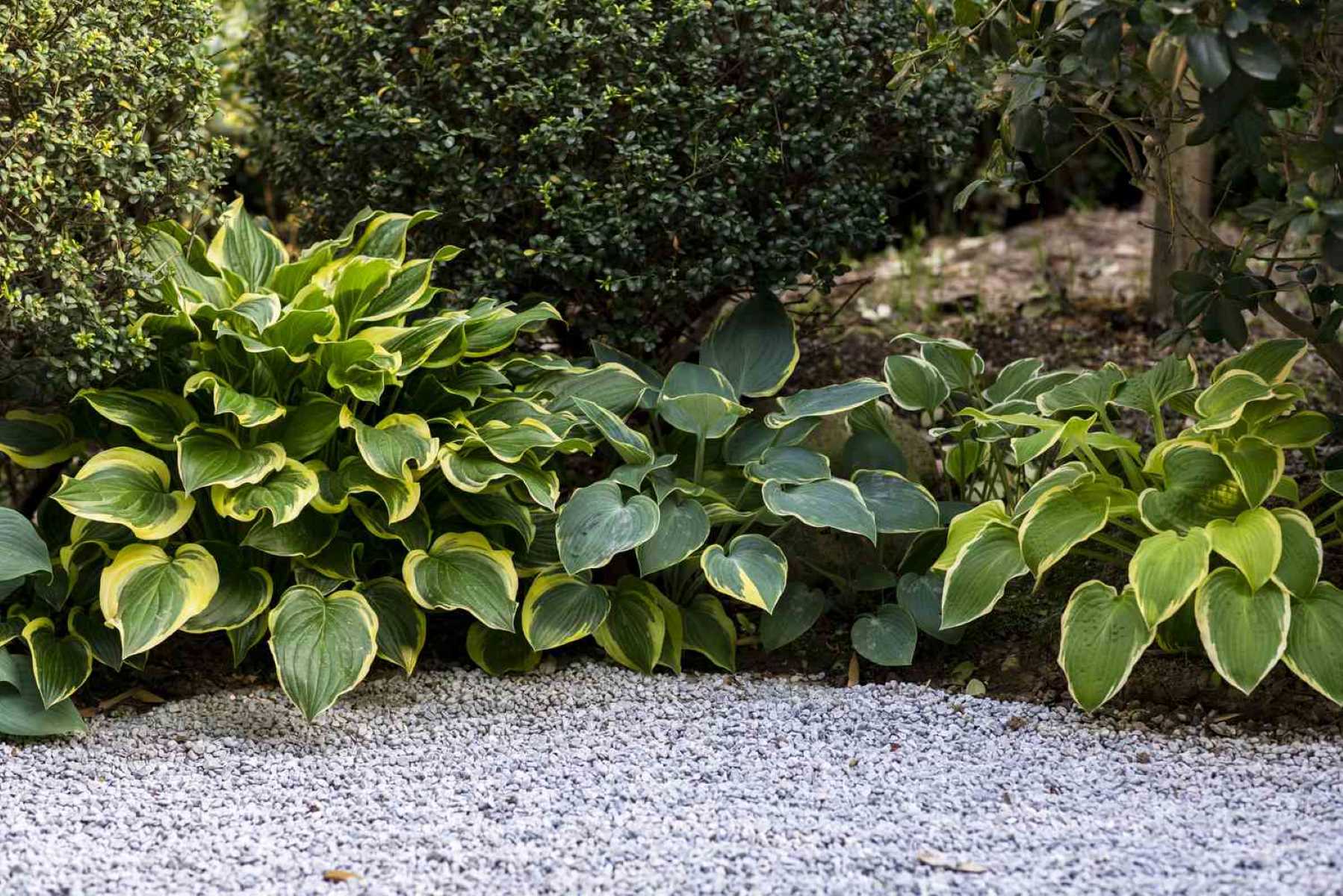
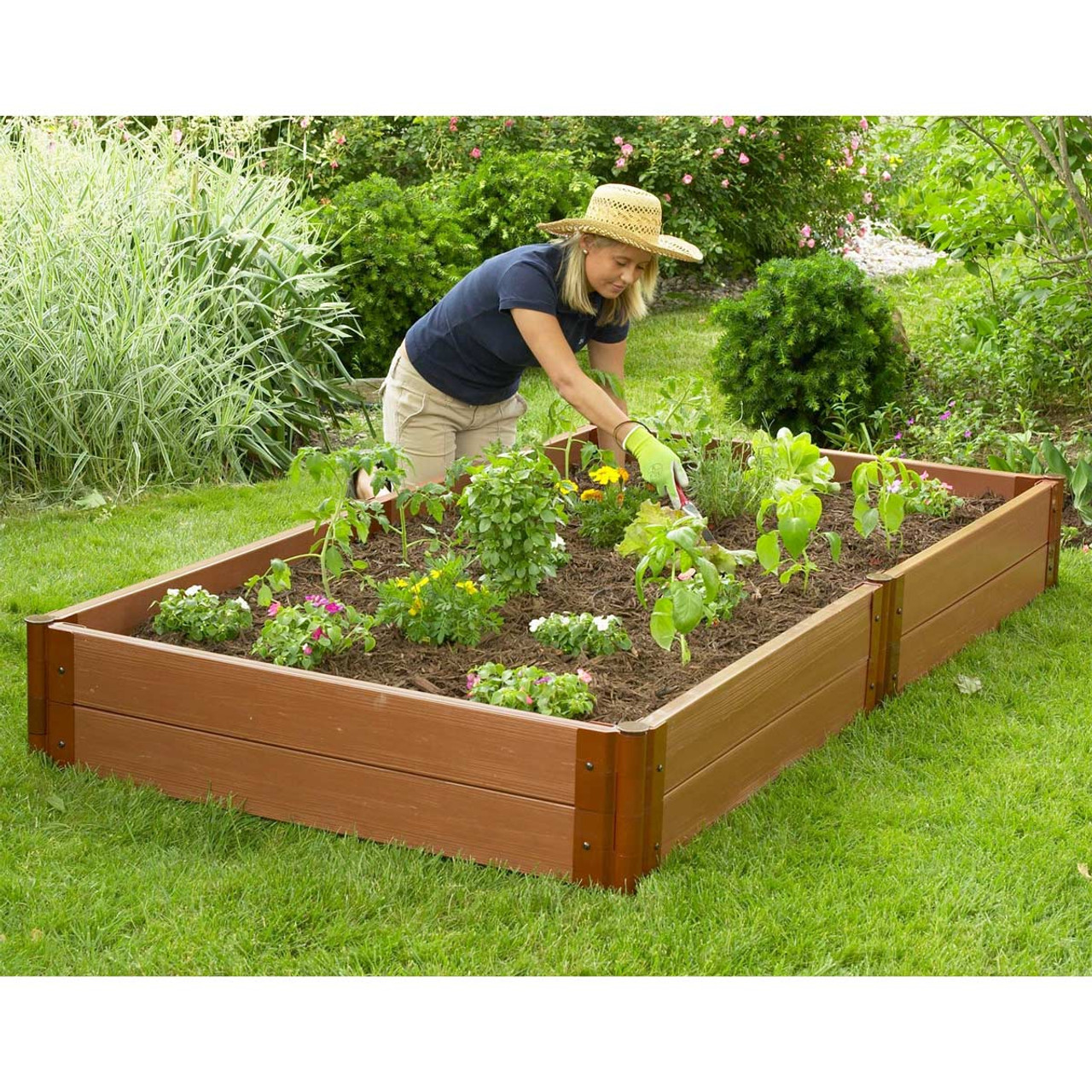
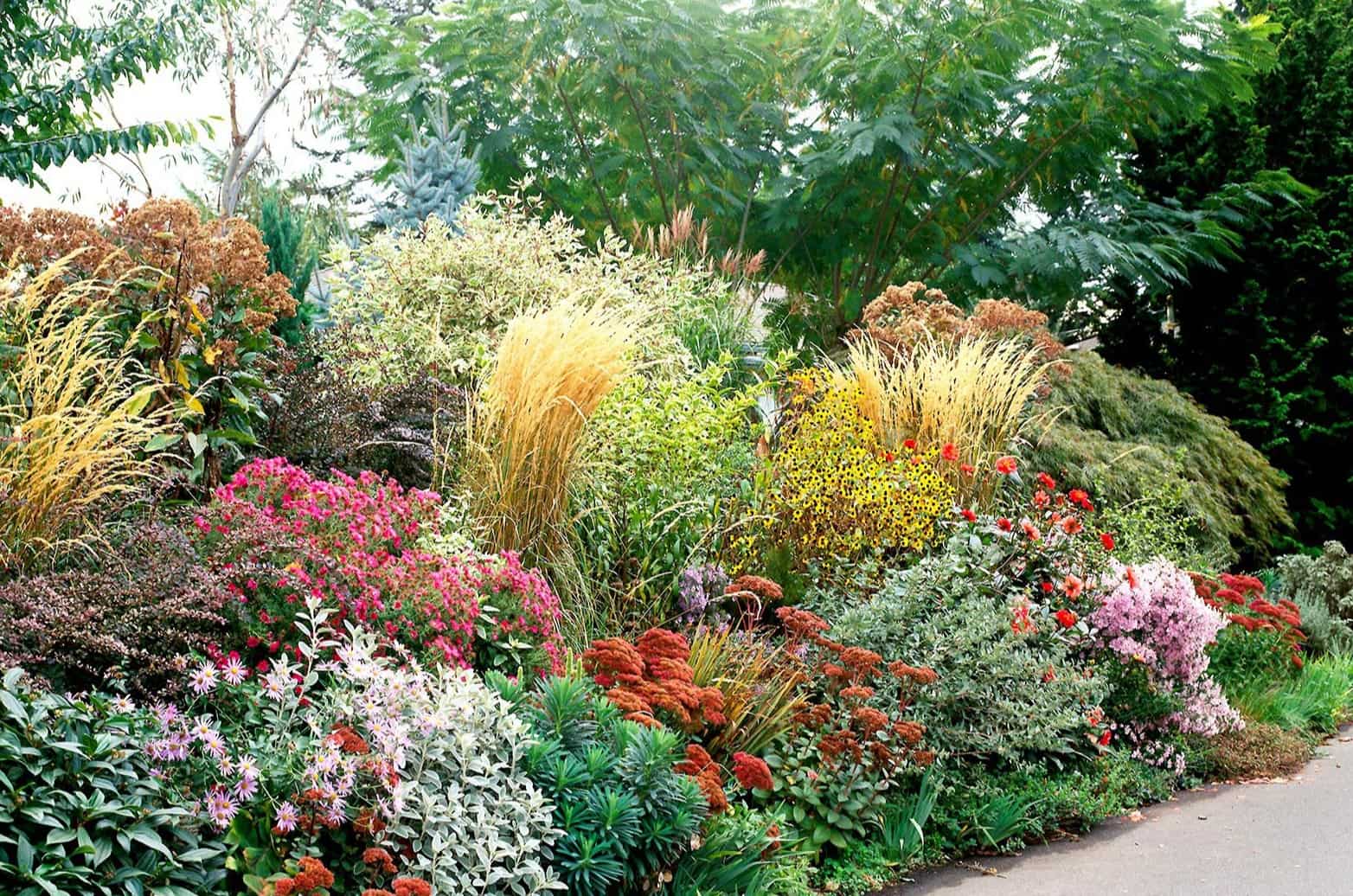
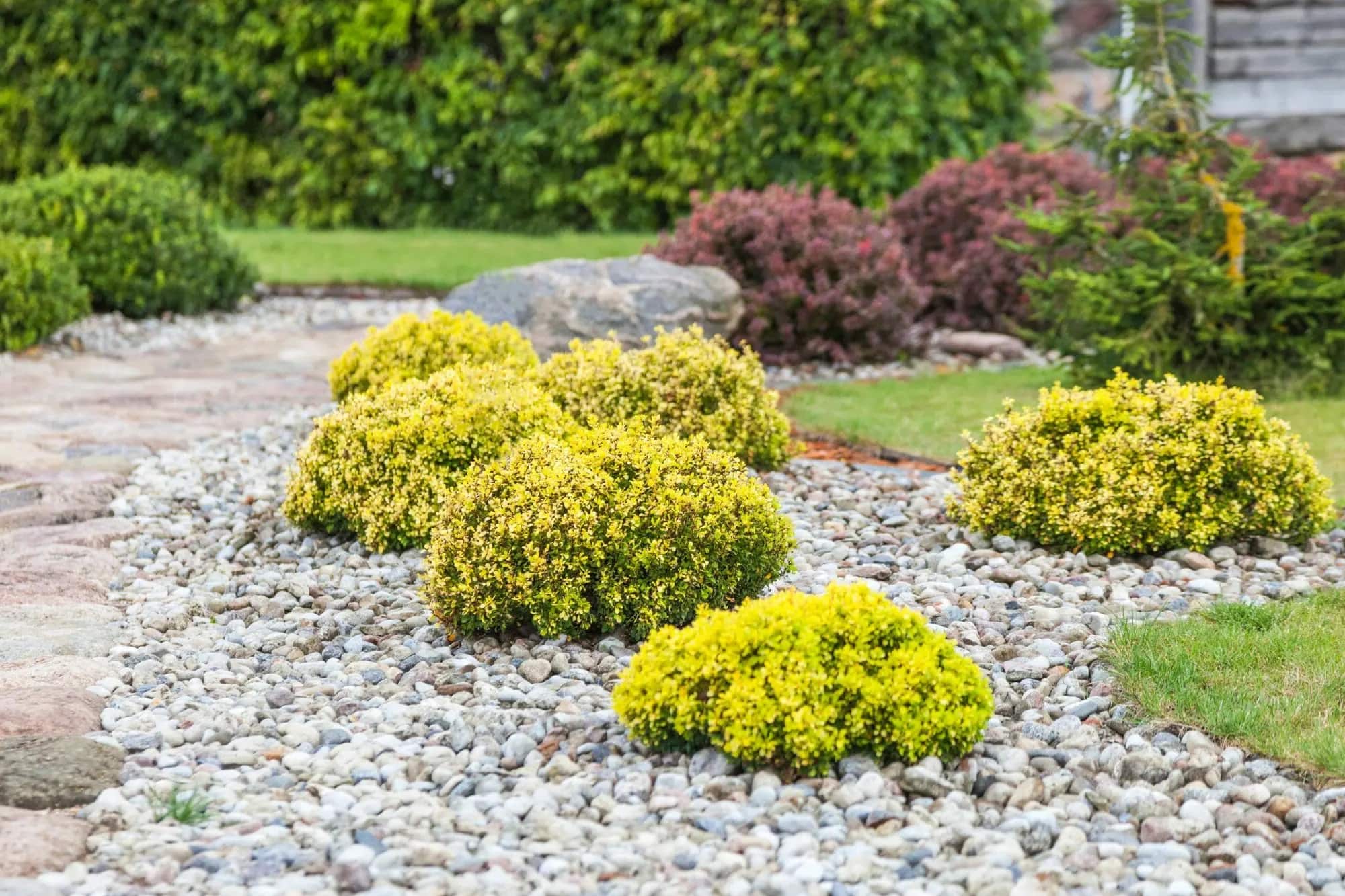
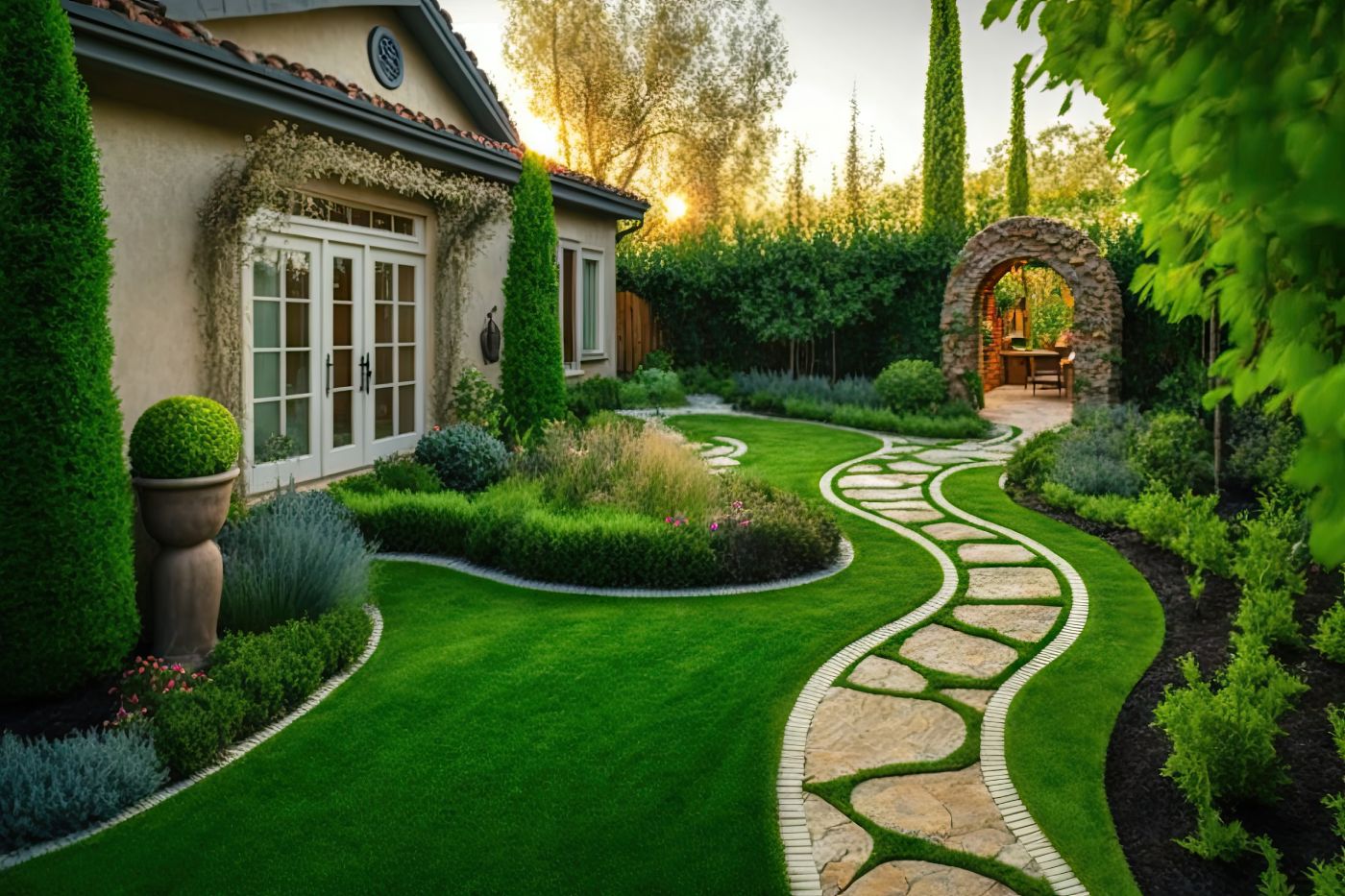
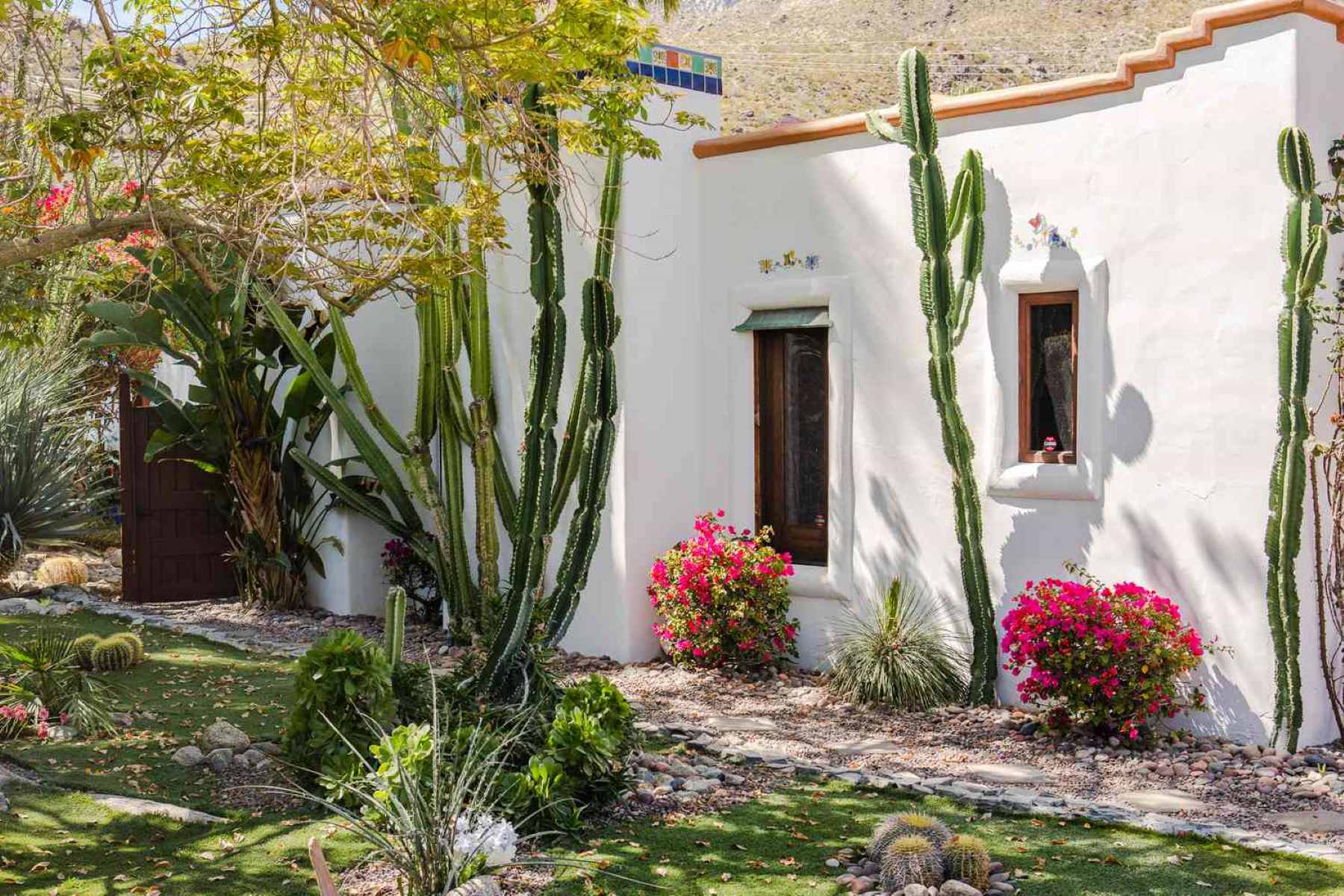
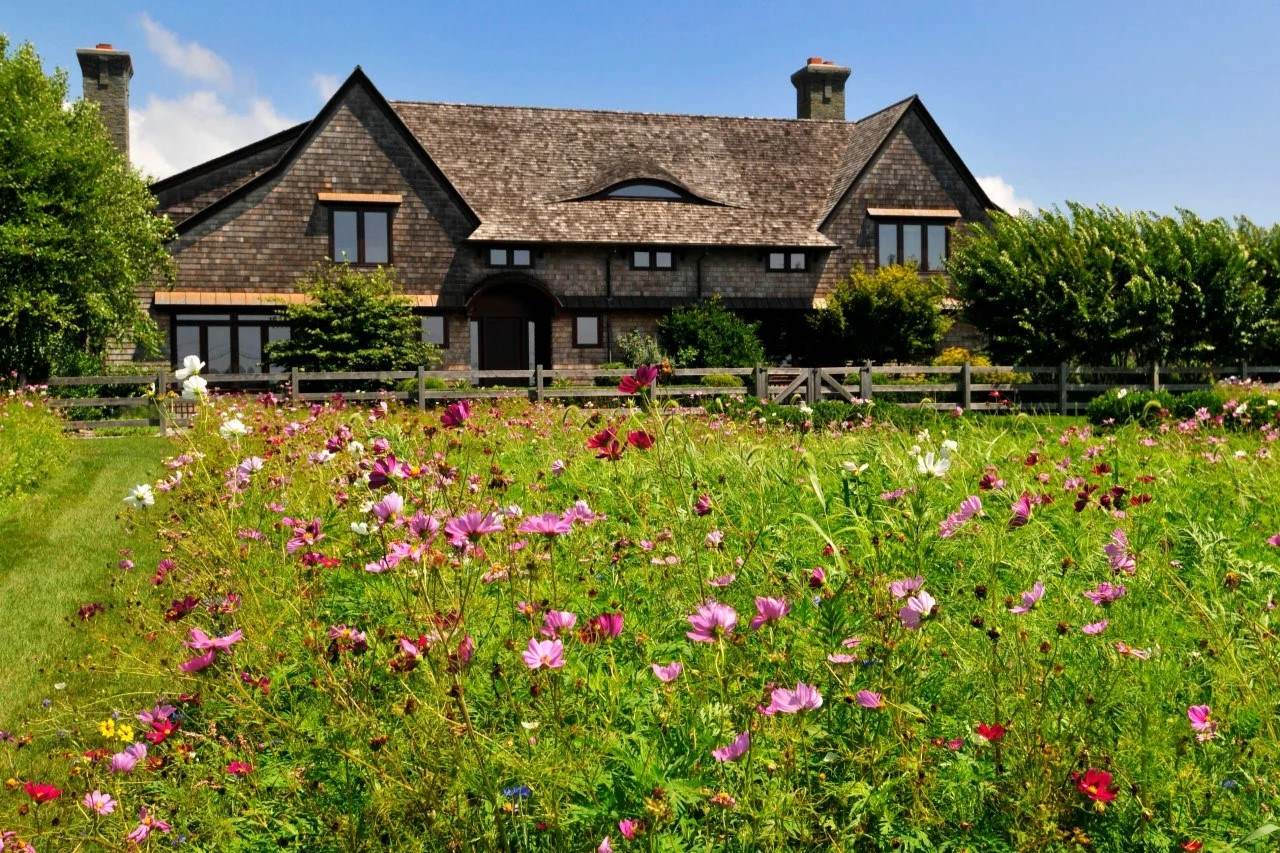
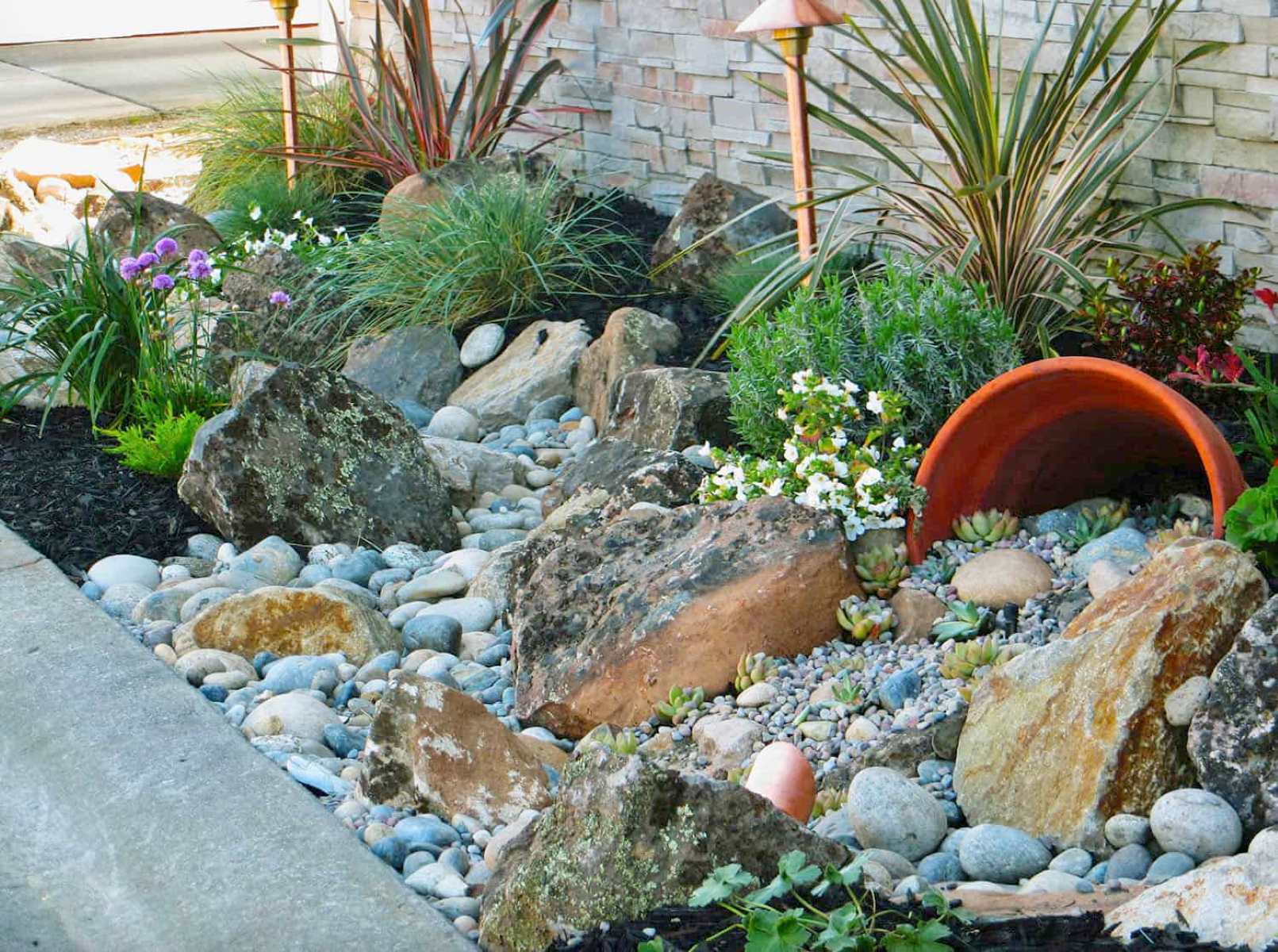
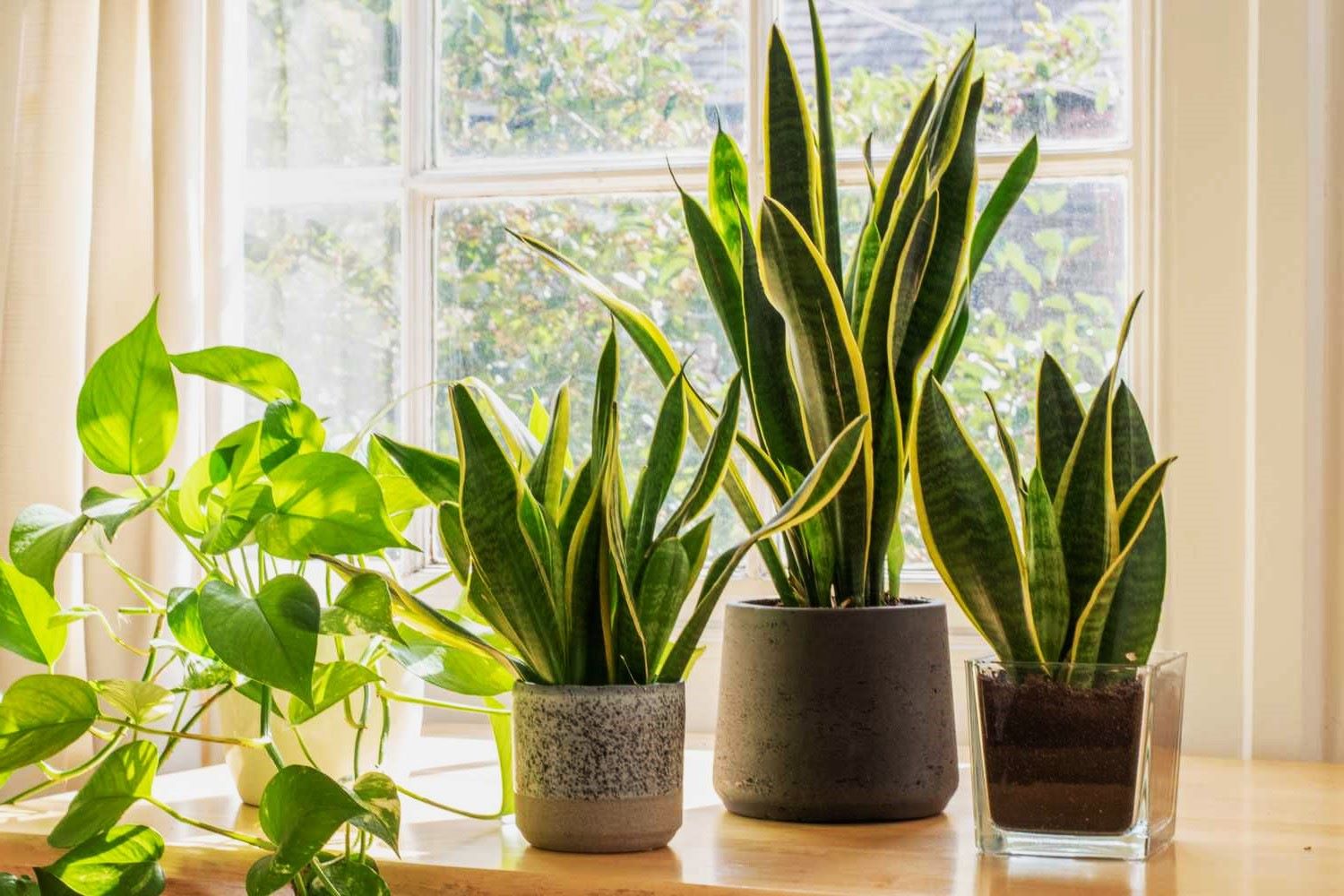
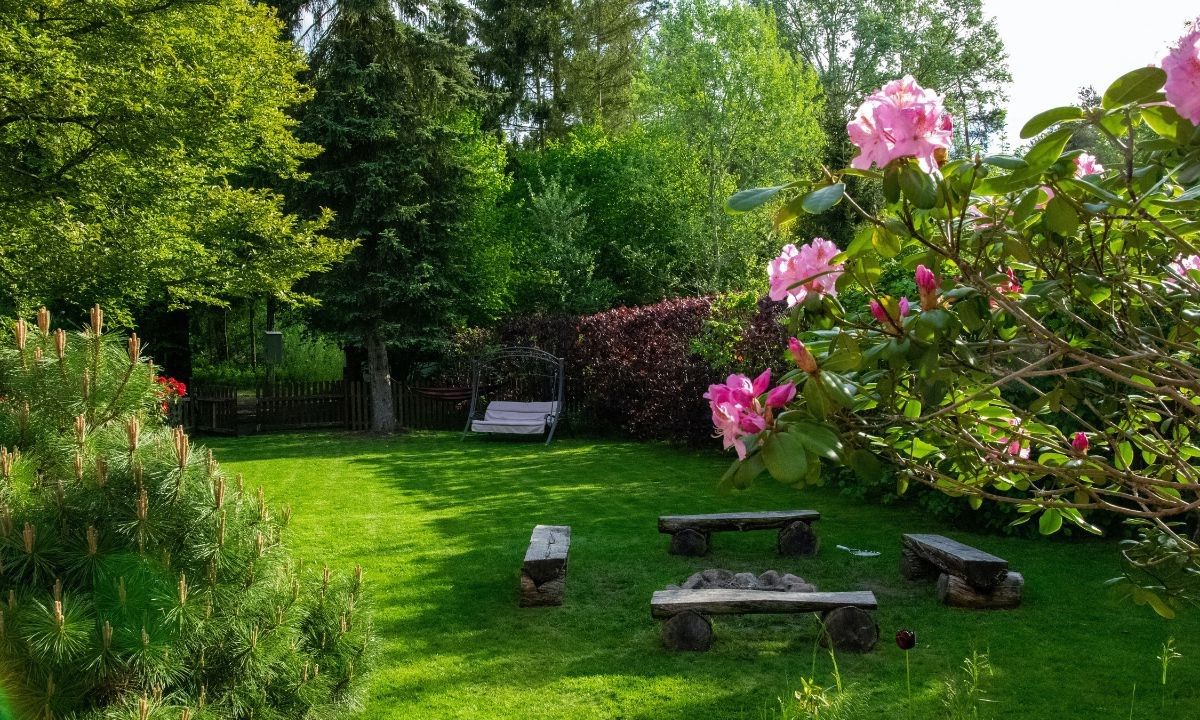
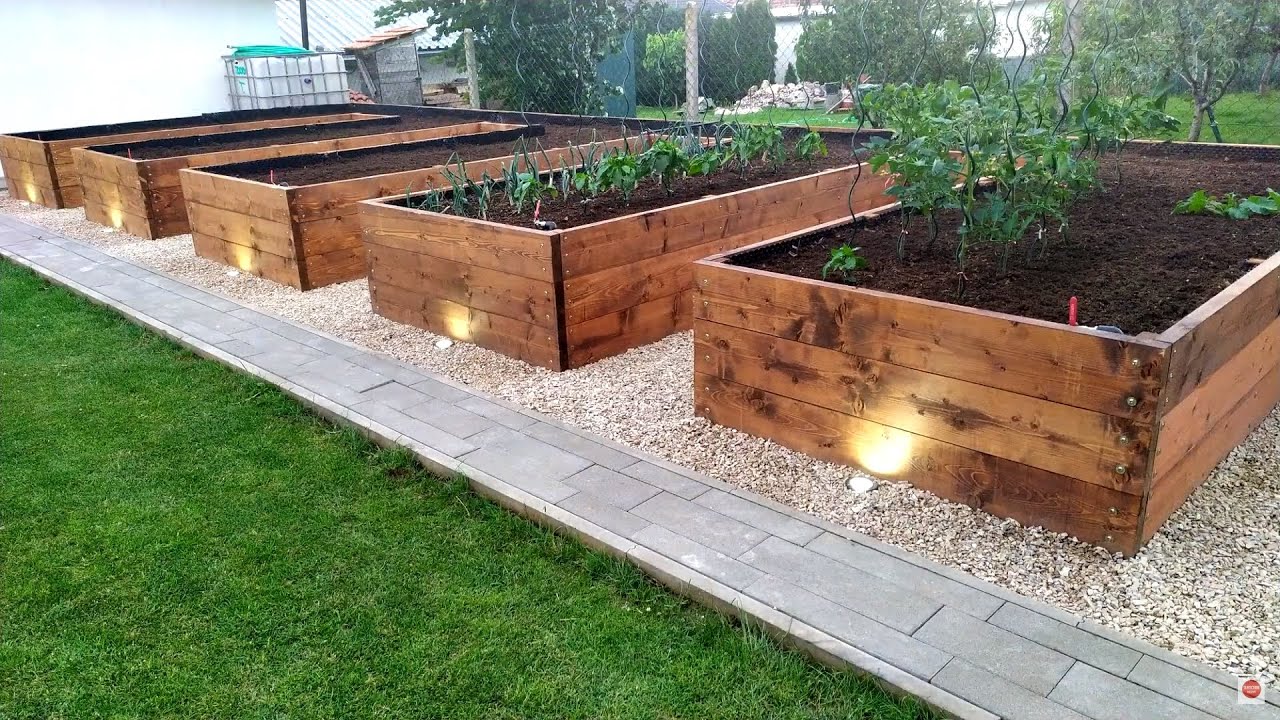
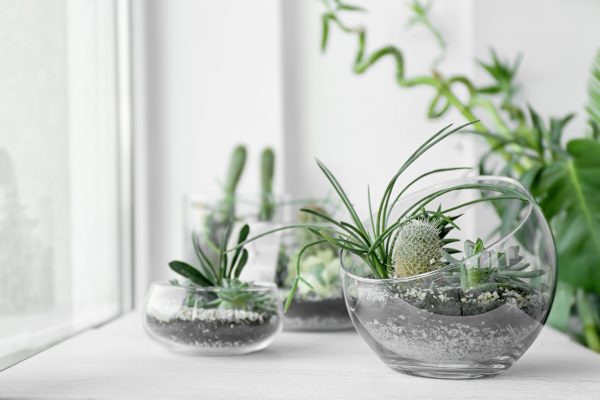

0 thoughts on “Tips For Creating A Low-Maintenance Garden”